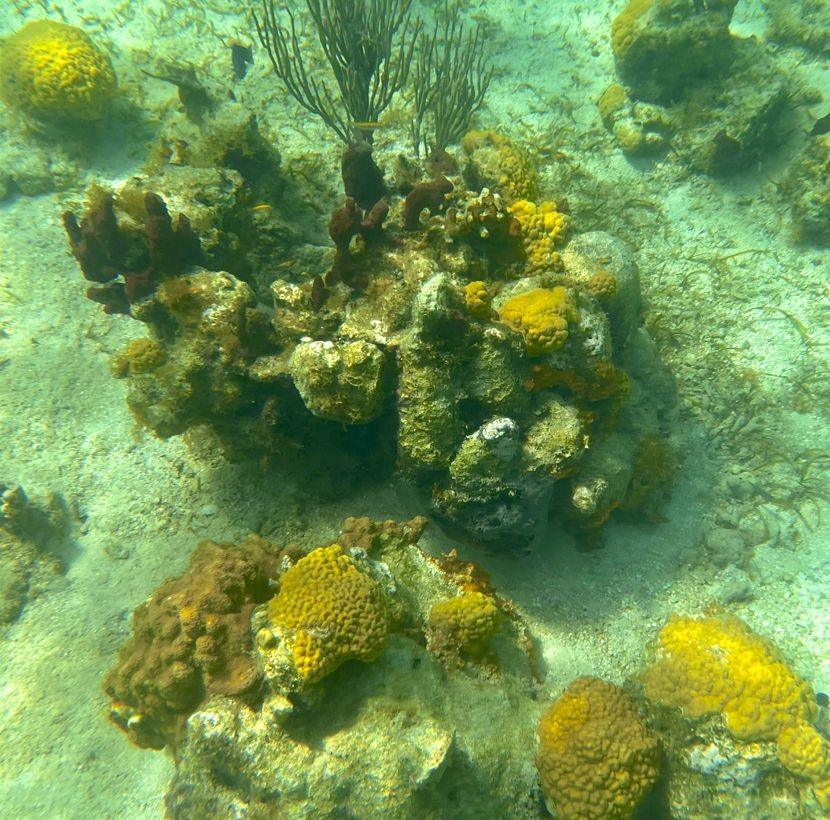If you’ve seen any news about rising atmospheric and ocean temperatures due to global warming, the chances are you’ve heard some mention of “coral bleaching”. Year after year, major bleaching events have become more and more common at some of the world’s largest reef systems, including Australia’s Great Barrier Reef, as well as in the Gulf of Mexico. Most people understand that these bleaching events are bad for the environment and for the ecosystems these reefs support, but what actually is coral bleaching, and can reefs recover from the damage that they cause? To answer these questions, we first must understand the biology of coral reefs.
Coral, for the most part, is a colonial animal. That means that the large brain corals or branching tree-like corals you might imagine in a picturesque tropical reef are actually large groups of individual coral polyps, which reproduce asexually and often build a strong, rocky skeleton out of calcium carbonate taken from the surrounding waters. This skeleton is what gives coral its rocky appearance and what makes it so important as not just a primary producer in an ecosystem, but also as an ecosystem engineer, building entire reef habitats that are home to thousands of different species.
Most corals obtain the majority of their energy through photosynthesis, but not directly. Each coral polyp is host to upwards of a million zooxanthellae, microscopic photosynthetic algae that forms a tight symbiotic relationship with the coral. The zooxanthellae provide the coral with energy in the form of basic sugars as well as oxygen, both generated through photosynthesis. In return, the coral provides the zooxanthellae with carbon dioxide and other nutrients, as well as a relatively protected environment safe from predators. Zooxanthellae also give coral their bright colors, as high concentrations of the zooxanthellae make their photosynthetic pigments visible to the naked eye. Without zooxanthellae, coral polyps are just white, which brings us back to the original topic of coral bleaching.

When coral polyps become stressed, often due to environmental conditions like heat, they can expel their zooxanthellae. It is not known exactly why they do this, but it could be to protect against toxins generated by the zooxanthellae, or it could be to allow a different population of zooxanthellae to colonize the coral which may be better suited to the new conditions. This expulsion of zooxanthellae is what we refer to as coral bleaching, because without the zooxanthellae the coral loses its color and simply appears white.
Contrary to popular belief, bleached corals are not dead, at least not right away. Bleached corals can and often do recover, eventually regaining zooxanthellae and restarting the symbiotic relationship. However, if corals cannot recover in time, they can starve to death without the zooxanthellae to provide nutrients. Additionally, even if corals do recover from bleaching, they still lose a lot of energy and the stress caused by bleaching can negatively impact the coral’s growth. Large scale bleaching and ultimately death of coral reefs is a significant problem faced by marine ecosystems with earth’s warming climate. As bleaching events become more common and more severe, we will likely see a drastic loss of marine biodiversity and primary productivity.